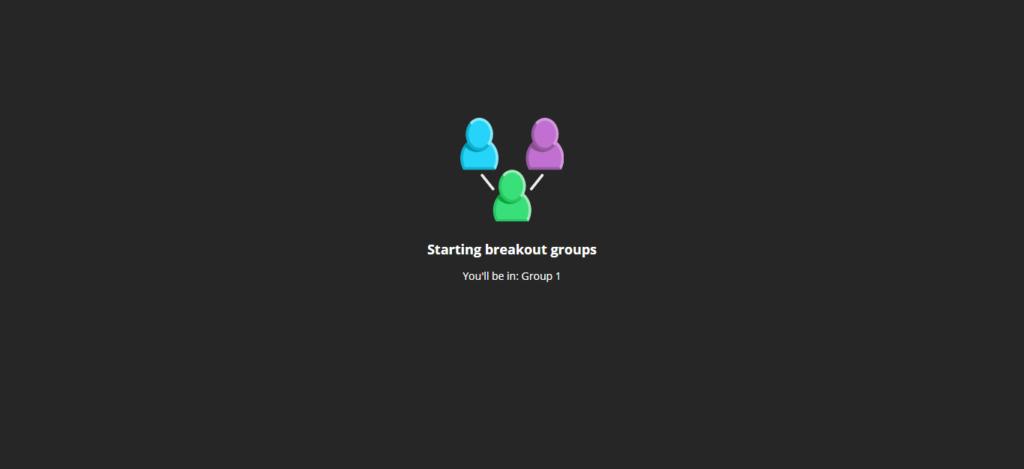Silence. As I sit and wait in my breakout room there is nothing to be heard as we all wait for one person to gather up the courage to say the first “hello”. After that, microphones and cameras remain turned off until we return back to the main group.
This scenario has played out almost identically in every virtual class I have attended. In an attempt to retain the collaborative atmosphere of in-person learning, teachers have begun utilizing the breakout function of Blackboard Collaborate.
While some teachers might believe that breakout rooms promote student interaction, they do completely the opposite. Usually, breakout rooms only consist of a few words between students until silence overtakes the rest of the work time.
Virtual classrooms on Blackboard Collaborate simply are not comparable to in-person learning. Though breakout rooms seem like a great tool, interacting with someone in-person and online is completely different.
The goal of breakout rooms is to allow students to mimic the in-person discussions that would occur in school. But, it is difficult to interact with people that one might not necessarily know well.
Teachers assigning random breakout rooms and telling students to work on a task with unfamiliar peers normally only leads to awkward silence.
It is not necessarily that students are unable to talk to each other because they are not friends, but rather because they cannot truly interact. Even when students have the ability to turn on their cameras, in these small groups, most chose not to.
The mixture of not knowing someone and not being able to see them increases the amount of awkwardness in breakout rooms, and inhibits students from interacting with each other.
Since students do not interact with each other as much, they normally do not complete the task the teacher assigned. Therefore, the students waste the ten to twenty minutes that the teacher dedicated to breakout rooms.
While the randomly assigned breakout rooms are normally filled with silence and awkwardness, groups that students are allowed to choose on their own are more effective.
Allowing students to pick their group members would increase productivity because they would be more willing to turn their microphones on and interact with people they already know. When students already have existing relationships amongst each other, the awkward phase at the start is almost always diminished, and they can immediately begin working on the assigned task.
If more teachers allowed students to choose their own groups, rather than assigning random breakout rooms, students will be more likely to participate and interact with one another.
2020-11-18

